


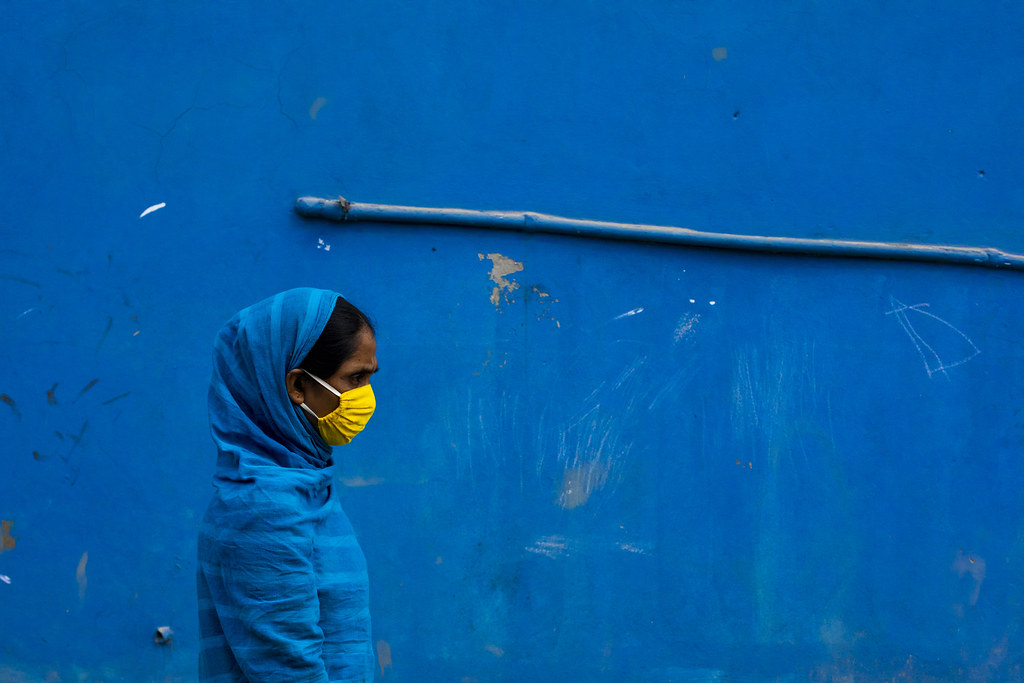




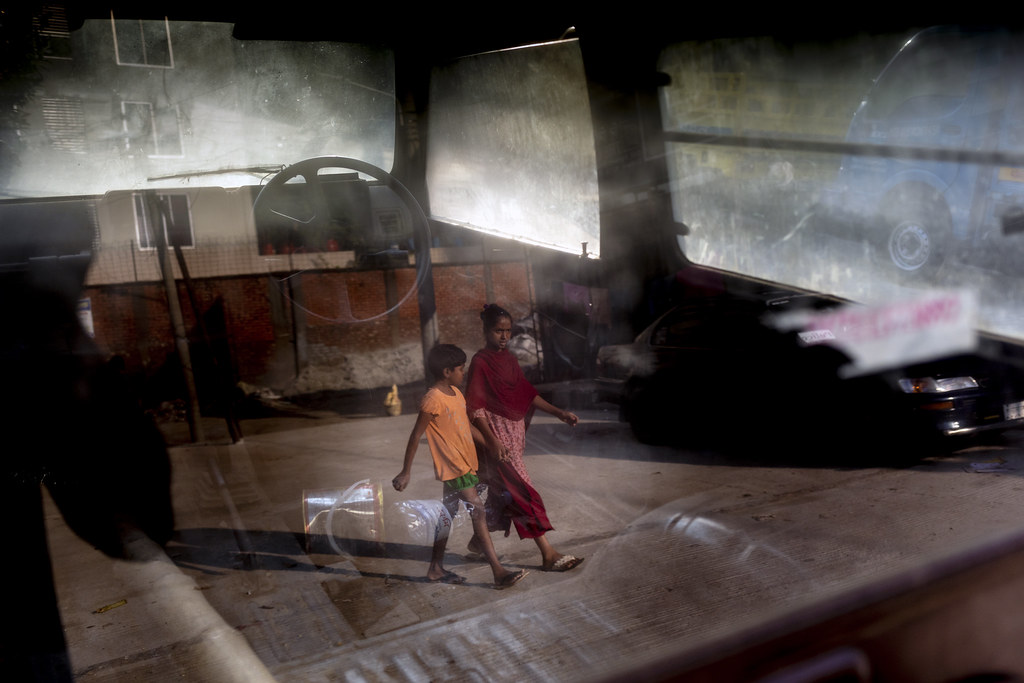

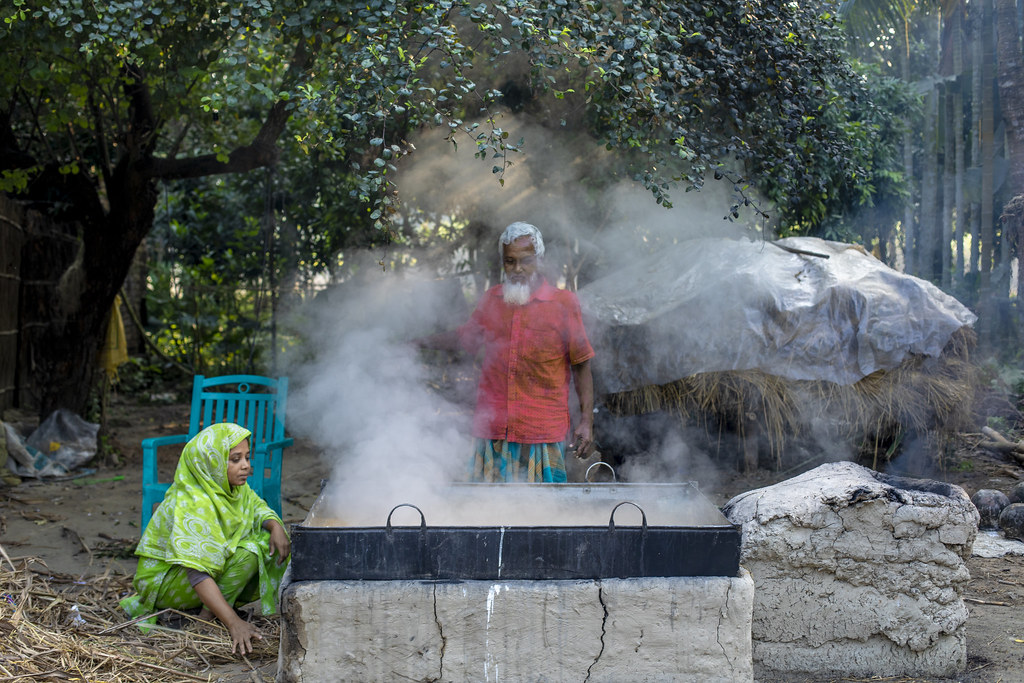

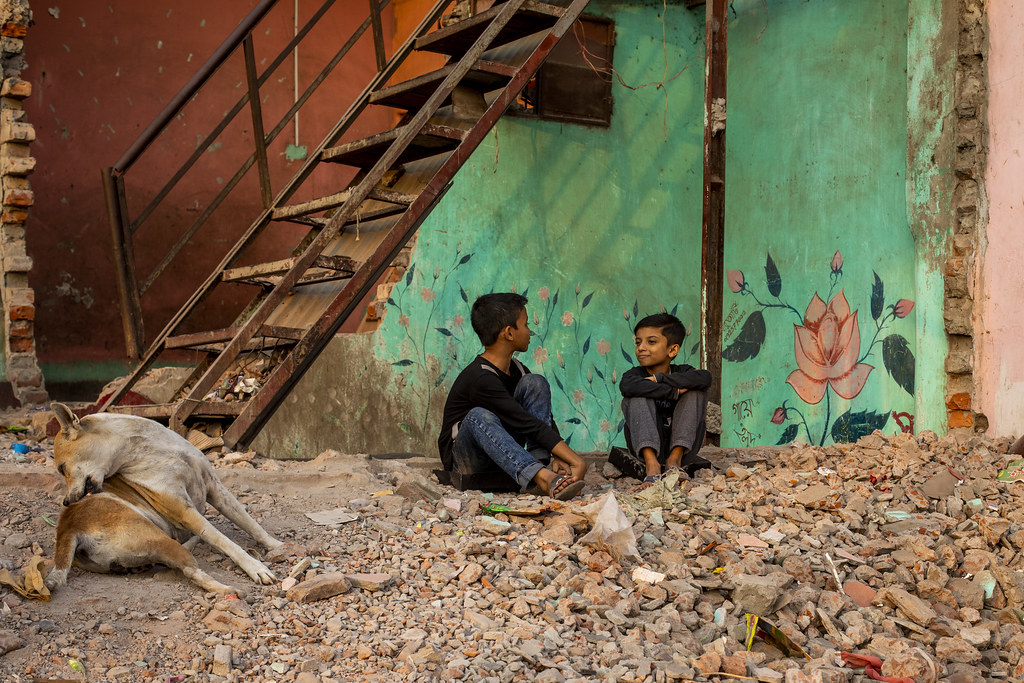
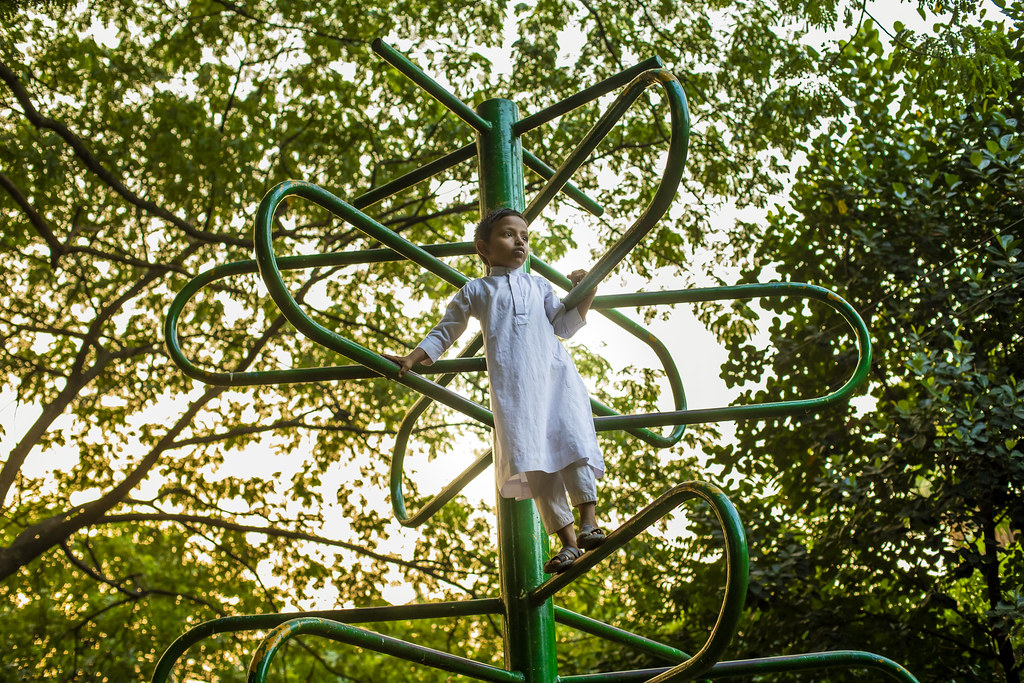
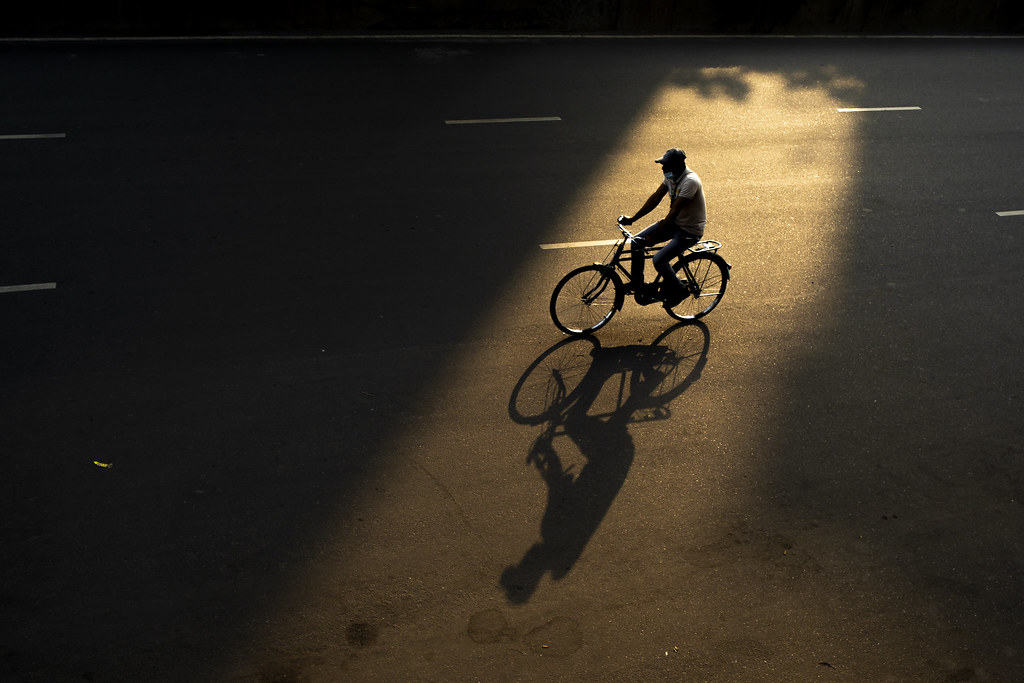


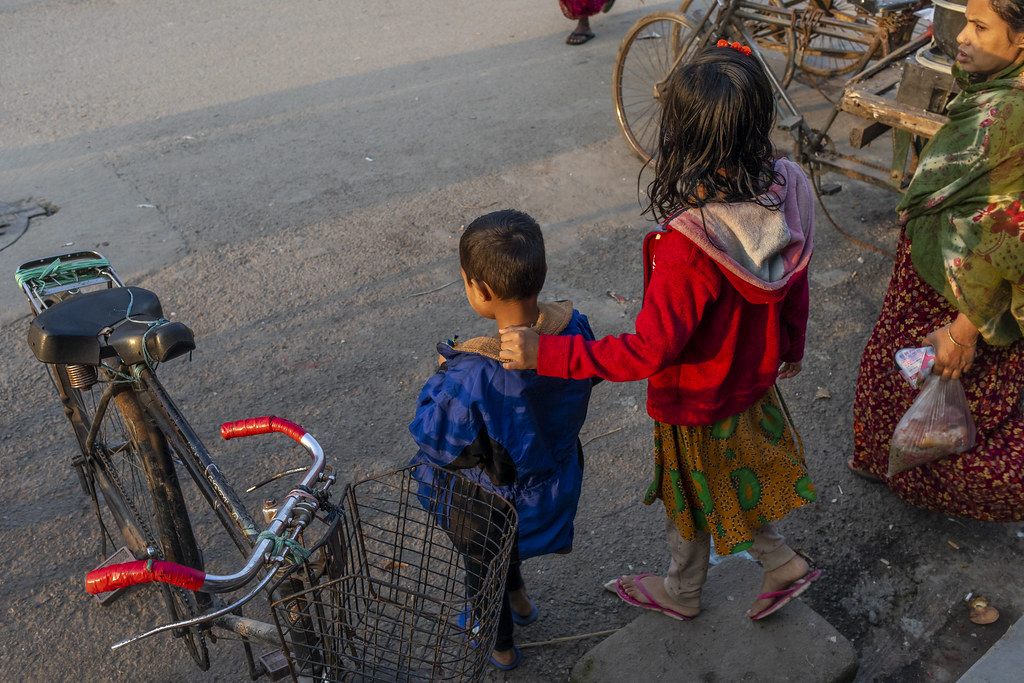

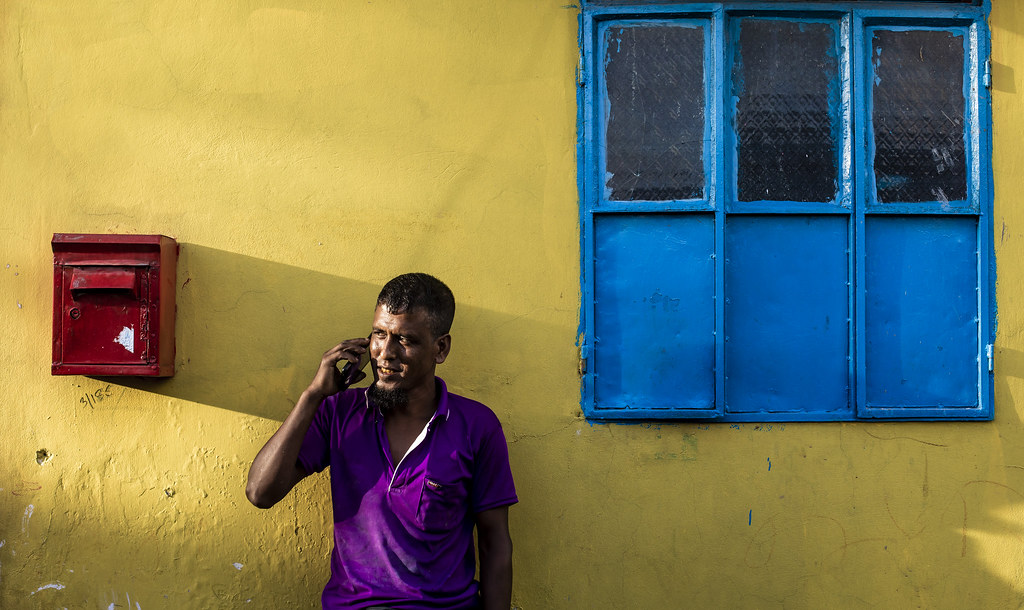




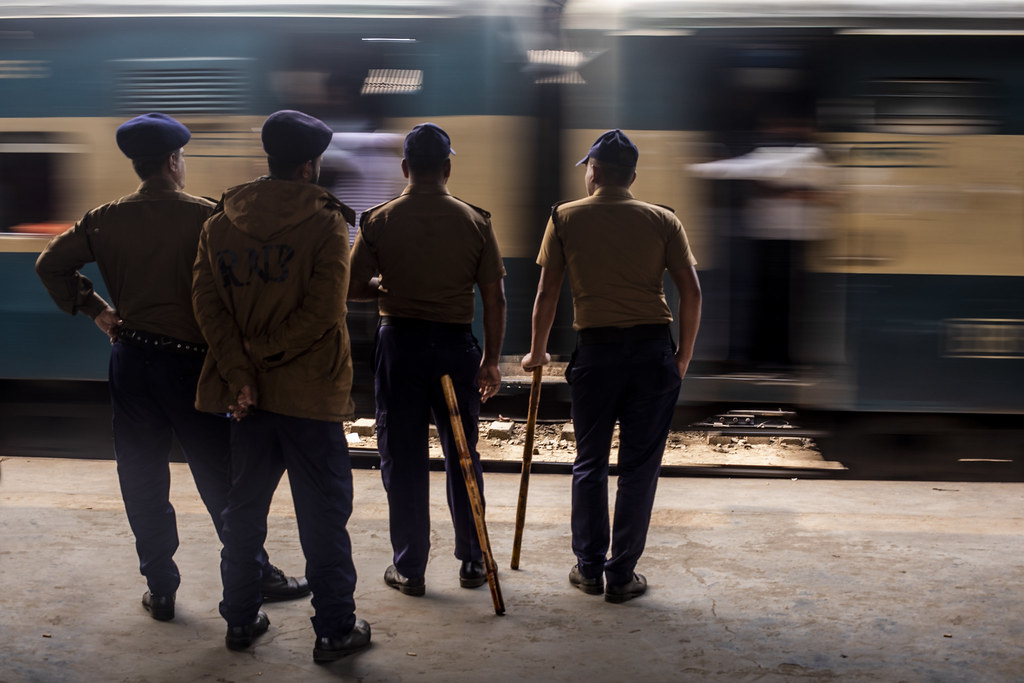
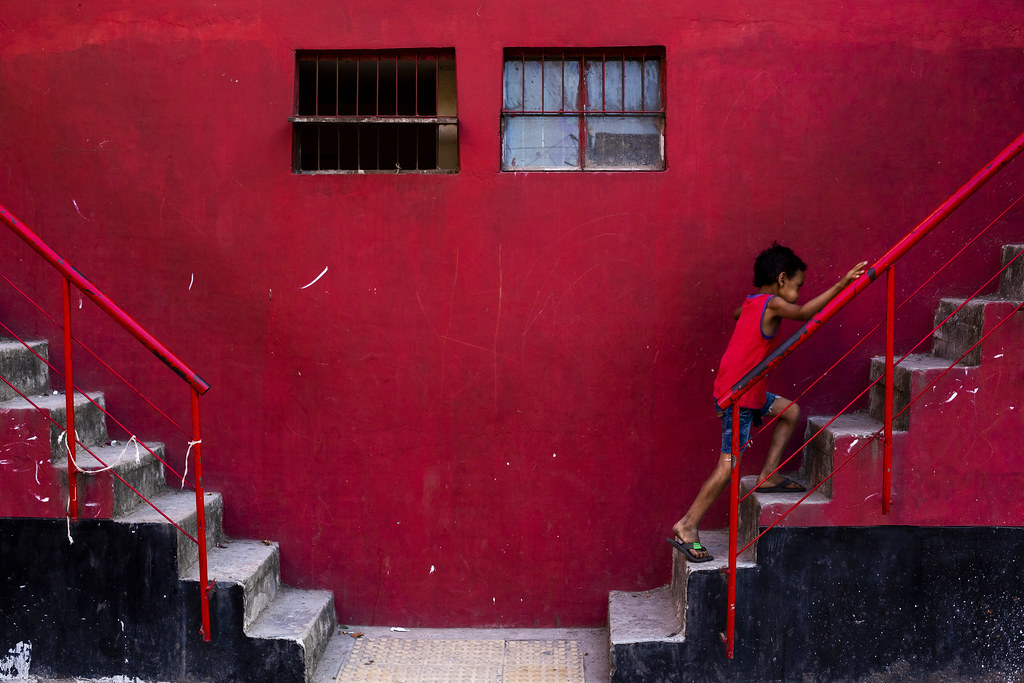
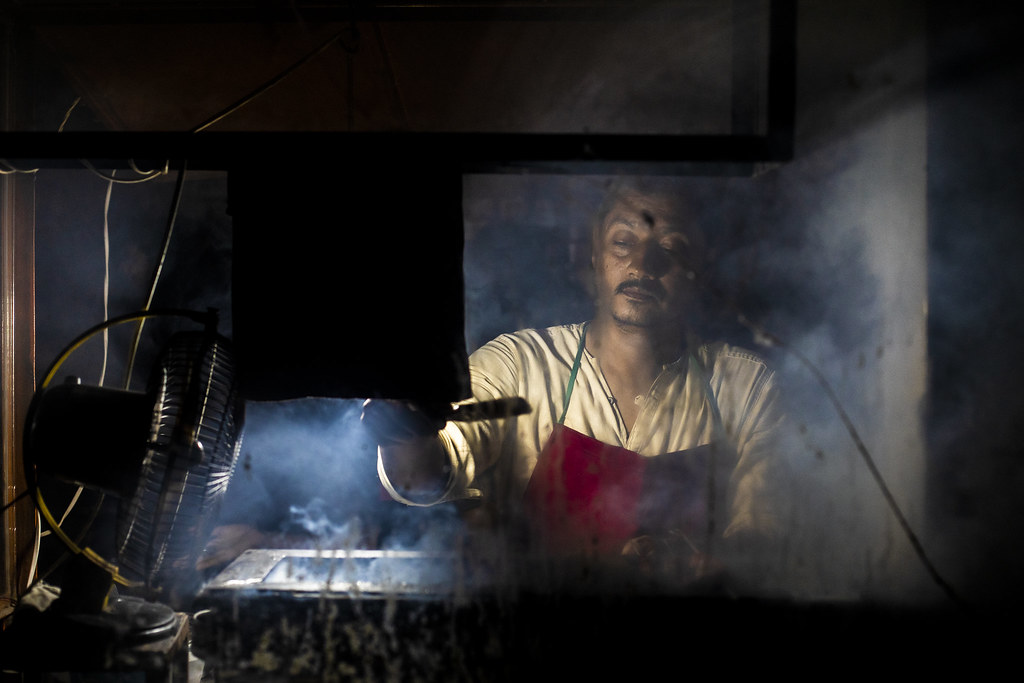
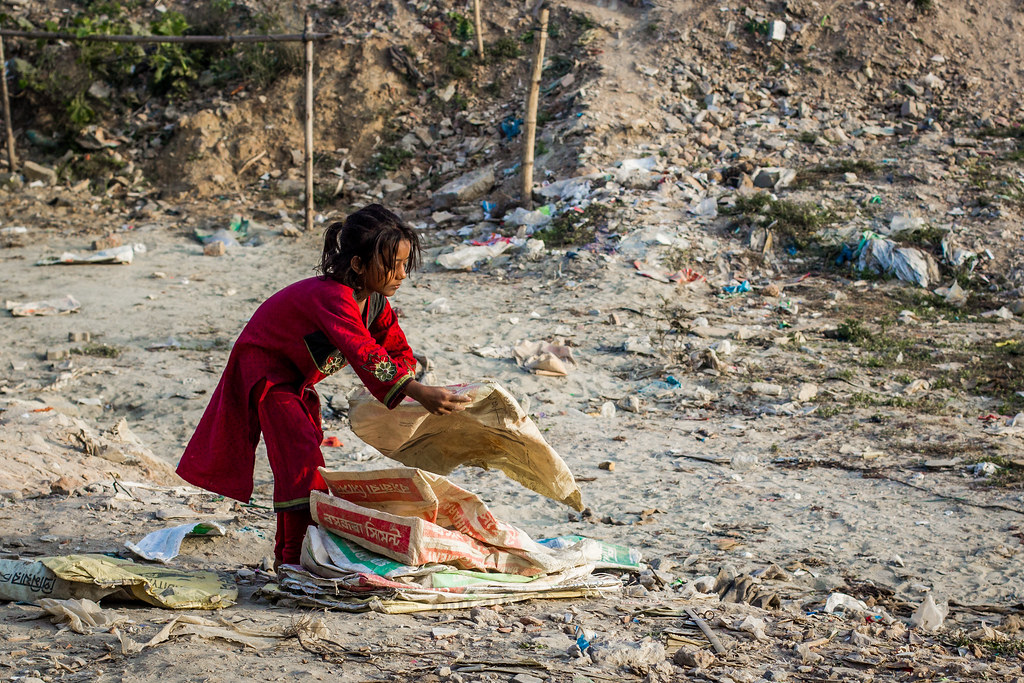
Street photography is a genre of photography that captures candid moments in public places. It’s all about capturing everyday life, people, culture, and society within urban environments. What sets street photography apart is its emphasis on capturing moments as they naturally unfold, often without the subjects being aware they’re being photographed. This helps to preserve the authenticity and rawness of the scene.
Composition, timing, and a good understanding of light are crucial in street photography. Photographers often look for interesting juxtapositions, unique perspectives, fleeting expressions, or captivating human interactions. It’s not just about taking pictures but also about telling stories through visual elements present in the frame.
Ethics play a significant role too, as street photographers need to respect the privacy and dignity of their subjects while documenting life in public spaces. Many street photographers develop their own style over time, whether it’s focusing on capturing emotions, architectural details, cultural aspects, or social commentary.
Equipment-wise, some street photographers prefer to work with smaller, more discreet cameras to blend into the environment and capture genuine moments without drawing attention to themselves.
Overall, street photography is a vibrant and diverse art form that provides a unique perspective on the world around us. What aspects of street photography interest you the most?
The aesthetic of street photography is diverse and dynamic, often reflecting the rawness and authenticity of life in public spaces. Here are some key elements that contribute to its aesthetic:
Candid Moments: Street photography captures unposed and spontaneous moments. It thrives on authenticity, portraying people in their natural state without being aware of the camera’s presence. This candidness often reveals genuine emotions, expressions, and interactions.
Urban Environment: The streets, alleys, markets, and bustling cityscapes serve as the backdrop for street photography. These environments offer a rich tapestry of architectural details, cultural diversity, and everyday life.
Composition and Framing: Street photographers often play with composition, framing, and perspective. They might use techniques like leading lines, framing within a frame, or juxtaposition to create visually engaging images.
Light and Shadow: Utilizing natural light, shadows, and contrasts is essential in street photography. It adds depth, mood, and drama to the images, emphasizing certain elements and creating visual interest.
Storytelling: Each street photograph tells a story. It could be a fleeting moment, a slice of life, or a social commentary. The visual narrative created by the composition and subjects invites viewers to interpret and connect with the image emotionally or intellectually.
Human Element: Whether the focus is on people, their interactions, emotions, or expressions, the human element is often central to street photography. It’s about capturing the essence of humanity in diverse situations.
Decisive Moment: Henri Cartier-Bresson, a pioneer in street photography, coined the term “decisive moment.” It refers to capturing the peak moment that encapsulates the essence of the scene. Timing is crucial in seizing these decisive moments.
Black and White vs. Color: Street photography can be depicted in both black and white or color. Black and white often emphasizes mood, shapes, and contrasts, while color can add vibrancy and realism to the scenes.
These elements come together to form the distinctive aesthetic of street photography, creating visually compelling images that reflect the beauty, diversity, and intricacies of the world around us.